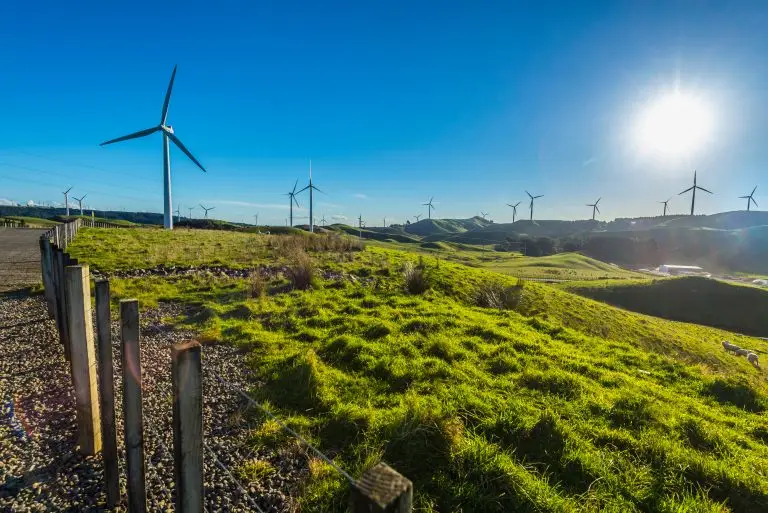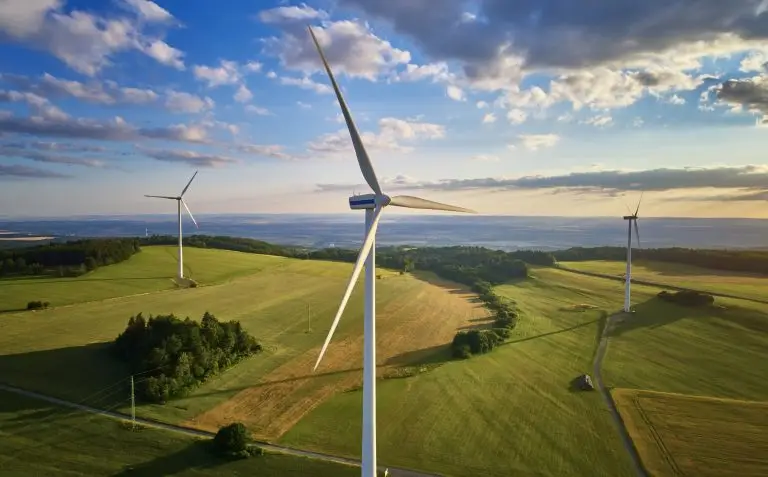Introduction
The Energy Performance of Buildings Directive has long been fundamental in the EU’s efforts to enhance sustainability and energy efficiency in the real estate sector. The recent recast of the Energy Performance of Buildings Directive (Directive no. 2024/1275 or “EPBD“) sets a new milestone in addressing challenges brought by climate change and the high energy consumption of buildings across Member States, aiming to achieve a fully decarbonized building stock by 2050. EPBD sets ambitious targets to reduce the overall energy use of buildings across the EU, taking into account national specifics.
Background
According to Eurostat data, buildings account for a substantial amount (40%) of the EU’s total energy consumption and of greenhouse gas emissions (36%). Despite significant progress being made, data shows that amongst the 85% of EU buildings that were built before 2000, 75% of those are still energy-inefficient, while the average annual energy renovation rate remains at about 1%, proving once again that rapid urbanization and the ongoing changes in our lifestyle increase the energy demand.
Key Amendments
- Zero-Emission Standard (“ZEB”)
The new ZEB standard will replace the previous one, i.e. Nearly Zero Energy Buildings (“NZEB”), imposing the following criteria:
- Very high energy performance;
- Requiring zero or a very low amount of energy;
- Producing zero on-site carbon emissions from fossil fuels;
- Producing zero or a very low amount of operational GHG (greenhouse gases) emissions.
All new residential and non-residential buildings must be designed and built to achieve these requirements, starting 1st of January 2028 for publicly owned buildings and 1st of January 2030 for all other buildings.
- Minimum Energy Performance Standards for existing buildings:
Non-residential buildings: renovation of the 16% worst-performing buildings by 2030 and the 26% worst-performing buildings by 2033 (exemptions can be made to certain categories of buildings such as historical or heritage buildings in case of unfavourable cost-benefit assessment).
Residential buildings: a national trajectory must be adopted by the Member States to reduce the energy use at least by 16% by 2030 and 20-22% by 2035 (they are free to decide on the appropriate measures and the targeted buildings). However, prioritizing the worst-performing buildings is mandatory.
- Strengthened Certification Schemes
In order to ensure clarity, reliability and visibility, Energy Performance Certificates (“EPC”) will adopt a standardized template across all Member States. The new EPC system will establish an A-G scale, ʺAʺ being reserved for zero-emission buildings, while ʺGʺ will be assigned to the least energy-efficient buildings. Member States will also have the option to introduce an ʺA+ʺ class for those building that exceed zero-emission standards and produce more renewable energy than they consume.
- Renovation Prioritization and Funding Mechanisms:
Building Renovation Passport: these documents will offer personalized renovation roadmaps tailored to the specific characteristics and needs of each building, will include a comprehensive assessment of the building’s current energy performance and potential areas for improvement, will provide technical recommendations for energy-saving measures and renovation options and should be prepared and issued concurrently with the energy performance certificate by the same qualified expert. It will be up to Member States to create the national framework for the renovation passports, which shall be of voluntary use, unless Member State decide to make it mandatory.
National Building Renovation Plans: EU Member States will develop comprehensive strategies to provide a policy framework for guiding energy-efficient efforts across various sectors of the economy. These strategies will include specific targets and objectives for energy efficiency improvements in buildings and assessments of the existing building stock. A standardized template featuring both compulsory and optional components is implemented to enhance consistency among Member States. Initial plans are to be presented to the Commission by December 2025.
EU Funds: While it is true that the newly renovated buildings will pay off through reduced energy bills, this process will take time and will have to face numerous challenges, especially convincing homeowners to pursue such upgrades while being vulnerable to potential price hikes. With an estimated €100 billion available from EU financing between 2023 and 2030, the Commission is actively mobilizing additional funding to cover the upfront costs of investments from various sources. Notably, the new Social Climate Fund under the European Green Deal will allocate around €87 billion to support the vulnerable households and micro-enterprises, with energy renovations being a primary focus.
- Phase-out of Fossil Fuels
This process involves gradually reducing and ultimately eliminating the use of coal, oil and natural gas in buildings for heating, cooling and electricity generation. The EU Climate Target Plan is to reduce the direct emissions from buildings by 80-89%. Given that the average lifespan of heating systems is around 20 years, the EPBD prohibits the eligibility for public support of stand-alone boilers powered by fossil fuels by 2025.
- Increase of Renewable Energy
The Directive mandates that all new buildings must be ʺsolar readyʺ, meaning they must be designed to accommodate rooftop photovoltaic or solar thermal installations for hot water production, heat pumps for space heating and cooling, biomass boilers and other renewable energy technologies in the future without the need for costly structural modifications. Large existing public buildings, non-residential buildings and newly constructed roofed car parks are also targeted for the installation of appropriate solar panels.
- Deployment of Electric Vehicles (EV) and Bicycle Use
The EPBD will encourage the installation of EV charging infrastructure in buildings, such as residential complexes, workplaces and public parking facilities. While primary focus of the EPBD is on energy performance and sustainability of buildings, this will indirectly support bicycle use by promoting urban planning and design principles that prioritize active transportation modes, including cycling.
Implications for the real estate sector
Without question, the EPBD will pose a significant challenge for the real estate sector, requiring considerable investment and resulting in major changes in the design, construction, and operation of buildings. Nevertheless, the benefits for all stakeholders should be commensurate, such as enhancing the future investment value and marketability of buildings or contributing to the EU’s climate and energy goals (by reducing GHG emissions, increasing renewable energy use, and improving energy efficiency, in line with the Paris Agreement and the Green Deal).
Conclusions
In closing, the EPBD stands as a significant stride towards a more sustainable future for Europe’s built environment. Its ambitious targets and emphasis on renewable energy integration signal a clear commitment to reducing carbon emissions and enhancing energy efficiency. As we move forward, collaboration and innovation will be key in translating the EPBD’s vision into tangible result.
 Download Article
Download Article



